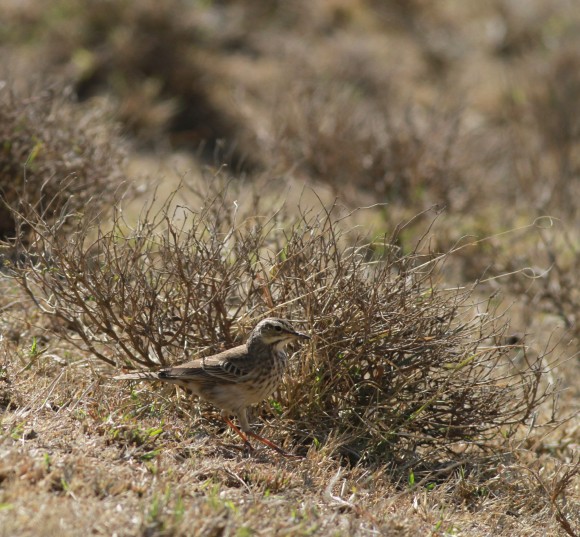This is the September Equinox. Here on the upland plateau of East Africa we’re pulling-away in dusty conditions (that this year are perfectly tolerable) from the long cool and dry of “our winter” which reduced soil moisture and constrained plant growth in the three months just passed.
Meanwhile from the North Pole the sea ice begins a glacial creep. Perhaps it will spread rapidly southwards, throughout the boreal winter, and seal the Arctic Ocean. Even if it doesn’t the gathering darkness of “General Winter” will slip daily farther across the Northern Hemisphere. Longer nights up until the solstice will envelop the many mega-cities, let’s call them “metastasising petro-conurbations”. Interconnected cities, that have sprouted in the past three decades like some hell’s forest of acrid mushrooms spewing toxic spores, in a mesh of mycelial highways, across great swathes of land well north of Earth’s Equator. If only the lengthening nights could induce some introspection in “the North”? Deeper reflection on the magnitude of our common problem. Spiritual contemplation, by a few at least, among the billions whose lives have become subsumed within one or other permutation of the “madness of monotheism”. A planet-poisoning condition which includes our greatest ogre – corporate fundamentalism – surely the grim reaper, who defines our epoch of extinctions. By the name of Kali Yuga as exhibited in the ever more alienated ego-driven consumer.
That said, “down here” in the last-to-boom continent (also home to that ebola-man of bogeys!) it’s wonderful spring alright! Most days of late I’ve been restricted to my window on the world – my view from the “Wilding Wedge”; a Silent Running garden. My satellite of love.
Every day Madagascar Bee-eaters race south. They zip through the tree-tops, with delicious trilling cries, evidently hurrying on their way to the big red earth island, or clayey river banks in Mozambique. Their Eurasian cousins, bound for places in the southern cone, travel more slowly and tend to dally hereabouts, especially around the orange flowering, nectar dripping, Australian Silky Oaks (Grevillea), snatching honey-bees – from neighbour’s hives – who were far too busy for their own good, in delightful swoops and loop-the-loops.
At ten minutes after sunset, when various bats come out to forage, just a few European Barn Swallows temporarily congregate, fluttering, almost stationary, faces into the breeze, high above the garden; here to sample our daily delivery to heaven of a nutritious aerial invertebrate plankton. Soon they will be joined in our brief Equatorial gloaming by even fewer House Martins.
Butterflies are relatively few at this season; mostly savanna whites and grass yellows now, although there have been many more butterflies this September than there were in any of the six years past. And it seems poor rains at Easter, as a result of a stubborn sequence of Pacific La Niña, was a large part of the reason for that dearth.
Moths too are fading out, with just a few dull brown Noctuids and rather more Geometrids, who fall prey to our Tropical House Geckos, with scarcely any Sphingids at all.
I am scatter-feeding lots of yellow millet just now, so each day my flock of foraging Chestnut Weavers grows by ten or so. After a true frenzy of somewhat bad-tempered feeding they spend the remainder of the day, in amiable swizzling song, bathing, or building “cock-nests” under the wild and creepery tangles which festoon the ornamental trees at the back of the house.
Scarcity of water brings many bird species to the shaded surroundings of the house and several enter on occasion. This morning there was a group of “friends” from the community, all around the water tub, at our open front door: a Red-eyed Dove, two Purple Grenadiers, five Red-billed Firefinches, two Baggy Weavers (for Baglafecht’s sake!), three Streaky Seed-eaters and a gang of Arrow-marked Babblers. They took their turn without much fuss.
In a sense all life here awaits the rains, of the sun-chasing Inter-Tropical Front, that this year might arrive a wee bit early, in only a month from now!
Last Sunday I went out, with good friends Geoff and Anabel from Asturias, to the desert of “Lark Plains”, and thence to another local fragment of former birdy patches. Anabel managed to get some shots of a few intriguing birds. Examples that might most excite the imagination of the twitcher, and/or our global lister, who’s doubtless bored by all my guff above. So these are included here below.
The pipit might be of the taxon being called Nairobi Pipit which is currently subsumed within Long-billed Pipit as Anthus similis hararensis or chyuluensis
The beautiful little cisticola, albeit a bit hazy, is of the scarce taxon now being called Lynes’s Cisticola which was formerly subsumed within Wailing Cisticola as Cisticola lais distinctus
And of course there’s these two pixies of the plain, taken under the glaring sun of midday, and reproduced with gratitude. The Critically Endangered Beesley’s Lark was formerly subsumed within the southern Spike-heeled Lark Chersomanes albofasciata complex. And beesleyi might well be relegated yet, in that “Go To The Wall” death row division, if certain conservation-incorporated individuals at BDU had had their way!
Thanks to Martin Goodey for the Barn Swallow and thanks to Anabel and Geoff Harries we’ve yet another lovely image of the sprite of John Beesley’s Maasailand. It’s destined for the section, in a cyber-stuffed spaceship, earmarked “Just for Larks“! BDU? It’s not an acronym directed at those in the genus Corvus, it’s BirdDeath Universal!




